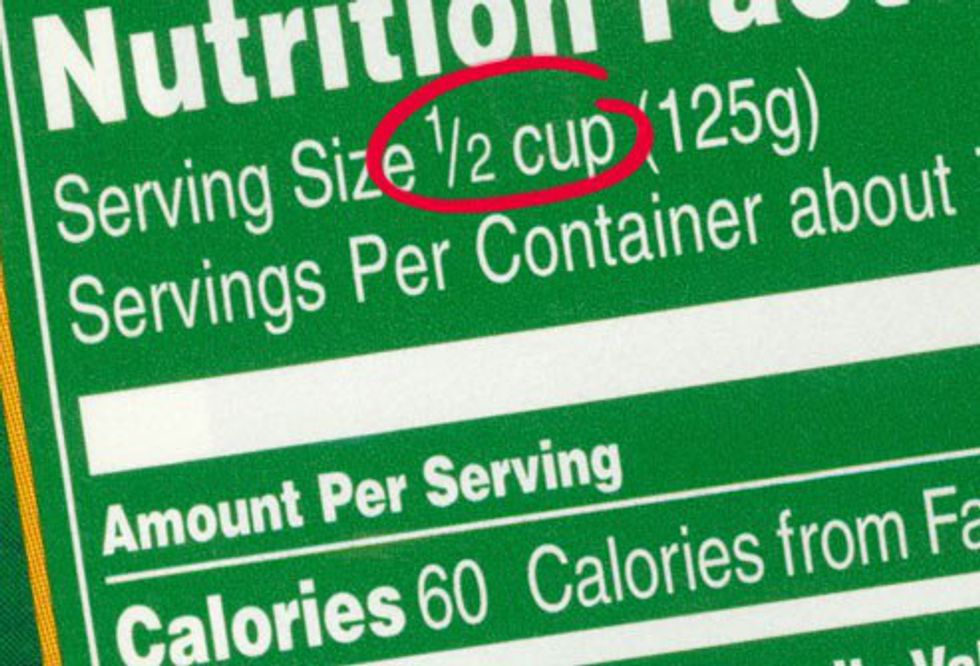Of course we’ve all seen the labels on our food, but do you know the accuracy of what is written or what that information actually means? Food labels are regulated by the Food and Drug Administration (FDA) , a governing board who tests our food and makes guidelines for what is healthy or considered necessary to a balanced diet. However, the information on the nutrition labels is only a guide and should not be taken to the exact gram or calorie your ingesting. According to The FDA's Rules and Regulations there is a margin of 20% error allowed on the information labels. These guidelines are randomly tested but often times food products go untested for accuracy. The best way to avoid any masked calories or additives is to eat whole natural foods with no hidden ingredients.
Some Things to consider when looking at food labels:
Servings size:
Companies often manipulate the serving size of foods in order to make foods seem lower in calories or void of harmful ingredients.
% Daily Value:
This percentage is based off a 2000 calorie diet. This caloric number is an average, and not everyone needs to eat the same amount. This must be considered when looking at daily needs
Fat Free:
Fat free foods have the fat extracted and instead increased sugar and carbs- this is not always better for you.
Listing Sugar under different names:
For example: by listing sucrose, dextrose, corn syrup or brown sugar companies make it so that sugar is not listed in top three ingredients.











 Christmas and New Year gift card
Photo by
Christmas and New Year gift card
Photo by  butter cookies on plate
Photo by
butter cookies on plate
Photo by  boy holding Holy
boy holding Holy 









